07/02/2025
Craftsmen used to be revered as specialists, the holders of knowledge in their respective fields. Pieces were an art form, sculpted and found in the marble, created by an artist. But 2025 compared to 1825 is a different beast entirely, the practice of an artist has shifted and changed. Forming a new splintered and skewed relationship between the artist and the audience.
The surveillance era, forever online, connected and reachable. How are we supposed to connect with our craft when we’re constantly showing our audience the process?
The 'right now' economy
Pat McGrath became a viral sensation this time last year during Paris Fashion Week, after going viral for her realistic porcelain doll makeup at the Maison Margiela runway show. People quickly took to TikTok, makeup artists were recreating the iconic look and sharing it with the masses. However, McGrath only came out with the ‘infamous’ glass skin lotion this month, many are calling it a little too late; but is it?
In this digital age, controlled by the attention economy, the consumer is made to forget the production timeline for quality products. Everything is here and now.
We live in a ‘right now’ economy, short form content is king, viral is the goal, and time is a luxury. Now pieces are products, the process is content.
In this new age of automation, everything is accessible at the palm of your hand, and fast. Next day delivery, instant gratification, new video, new content. Constant and overbearing simulation is having a negative effect on our attention spans as a society. No one can remember what they had for breakfast, let alone what they thought was exciting a year ago.
"A wealth of information creates a poverty of attention"
- Psychologist and economist Herbert A. Simon
How do you navigate being an artist in an age of content?
This is something I think about and explore every day. As an emerging digital designer fresh out of university, there’s a pressure to constantly post, share, connect, like, reach out, network and cement your art on the internet. You run on this wheel as long as you can before you realise that the supply just isn’t quite meeting the demand. Projects that you poured over for 3-6 months, are being reduced to 3-6 slides on an instagram carousel, 2 posts on Tiktok and 20 likes between them.
You're running out of content.
“There’s a pressure for creatives to also be content creators; that is, to play the game of social media acrobats and navigate new hurdles like engagement metrics and trending topics.”
- Matthew Prebeg
One of my favourite internet creatives: Matthew Prebeg wrote an article in one of my favourite design magazines ‘It’s Nice That’ as part of a design manifesto called FORWARD THINKING. If you haven’t please go give it a read.
He talks about how published works are measured in two ways: ‘Quantitative’ and ‘Qualitative’; algorithmic metrics and cultural impact respectively.
The algorithm can be deadly, chewing up and spitting out hopeful creatives that rely too much on its praise and admiration, when in hindsight we should use this space as an online community to connect with fellow creatives as our audience.
Live in the physical
I believe the solution to internet based content burnout is to simply log off. Simple but effective. We spend so much time online that we forget that we can always step away. The internet was never supposed to be a personal device, it was originally intended as a clunky standing desktop monitor and an immovable hard drive in your living room.
I attended a talk last week called “The future of paper in the digital age”. One of my goals for 2025 is to attend more creative events; networking or otherwise in person. To get out of my comfort zone and stay off the computer; or at least limit my screen time.
“Paper is the start of every creative journey”
The talk was a great reminder that humans have been creative before the invention of the computer. Notebooks and journals are filled with fresh ideas and scribbled out errors. Walls are filled with finished paintings and memorabilia. There’s always a new book to be held and read. There’s no better feeling than crumpling up a piece of paper and starting fresh.
A look into the future
So remember to put the camera away, turn your phone off and enjoy the process. When art becomes content, it stops being authentic.
Inspiration can come from a million places outside of the black mirror. Book covers in coffee shops, your local independent cinema, charity shops, galleries, nature, anywhere and everywhere.
To be clear, this isn’t my declaration to living a life off the grid and moving to the mountains. I believe the internet is still a great creative tool for artists to connect and share and create. Without Tiktok, I would have never found creatives such as Matthew Prebeg and countless others who I’m constantly impressed by.
I’m curious to see how art and technology continue to blend in the near future. I believe we could see a shift to tech fatigue and the yearning for simpler devices. We already have the renaissance of the film camera and the record player. Why not the flip phone?
But that’s a topic for another day.





